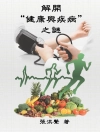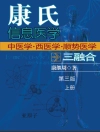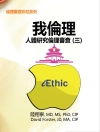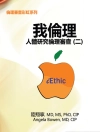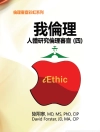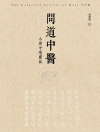Due to the consequences of globa l warming and significant greenhouse gas emissions, several ideas have been studied to reduce these emissions or to suggest solut ions for pollutant remov al. The most promising ideas are reduced consumption, waste recovery and waste treatment by biological systems. In this latter category, studies have demonstrated that the use of microalgae is a very promising solution for the biofixation of carbon dioxide. In fact, these micro-organisms are able to offset high levels of CO2 thanks to photosynthesis. Microalgae are also used in various fields (food industry, fertilizers, biofuel, etc.). To obtain a n optimal C O2 sequestration us ing micr oal gae, their cul tivatio n has to be c arried ou t in a f avorable e nvironment, corresponding to optimal operating conditions (temperature, nutrients, p H, light, etc.). Therefore, microalgae are grown in an enclosure, i.e. photobioreactors, which notably operate in continuous mode. This type of closed reactor notably enables us to reduce culture contamination, to improve CO2 transfer and to better control the cultivation system. This last point involves the regulation of concentrations (biomass, substrate or by-product) in addition to conventional regulations (p H, temperature).
To do this, we have to establish a model of the system and to identify its parameters; to put in place estimators in order to rebuild variables that are not measured online (software sensor); and finally to implement a control law, in order to maintain the system in optimal conditions despite modeling errors and environmental disturbances that can have an influence on the system (p H variations, temperature, light, biofilm appearance, etc.).
Mục lục
Introduction ix
Chapter 1 Microalgae 1
1.1 Definition 1
1.2 Characteristics 2
1.3 Uses of microalgae 3
1.4 Microalgae cultivation systems 10
1.5 Factors affecting algae cultivation 14
1.6 Conclusion 21
Chapter 2 CO2 Biofixation 23
2.1 Selection of microalgae species 25
2.2 Optimization of the photobioreactor design 31
2.3 Conclusion 32
Chapter 3 Bioprocess Modeling 33
3.1 Operating modes 33
3.2 Growth rate modeling 37
3.3 Mass balance models 47
3.4 Model parameter identification 49
3.5 Example: Chlorella vulgaris culture 51
3.6 Conclusion 63
Chapter 4 Estimation of Biomass Concentration 65
4.1 Generalities on estimation 65
4.2 State of the art 68
4.3 Kalman filter 72
4.4 Asymptotic observer 80
4.5 Interval observer 84
4.6 Experimental validation on Chlorella vulgaris culture 98
4.7 Conclusion 101
Chapter 5 Bioprocess Control 103
5.1 Determination of optimal operating conditions 104
5.2 Generalities on control 106
5.3 State of the art 108
5.4 Generic Model Control 110
5.5 Input/output linearizing control 114
5.6 Nonlinear model predictive control 119
5.7 Application to Chlorella vulgaris cultures 132
5.8 Conclusion 144
Conclusion 147
Bibliography 153
Index 173
Giới thiệu về tác giả
Sihem Tebbani is Associate Professor in the Automatic Control department at SUPELEC in Gif-sur-Yvette, France. Her research interests include modeling, estimation, optimization and control of bioprocesses, and more particularly of microalgae and bacteria cultures.
Filipa Lopes is Associate Professor at LGPM, Ecole Centrale Paris, France. Her research interests are in the field of biological engineering with a focus on biofilms (biofouling, disinfection, dispersion, modeling) and bioprocess development (bacteria, microalgae) for wastewater treatment, high-value products and bio-energy production.
Rayen Filali has a Ph D in Automatic Control obtained at SUPELEC in Gif-sur-Yvette, France. His Ph D thesis, in the framework of a collaboration between SUPELEC and Ecole Centrale Paris, deals with the estimation and the robust control laws of microalgae cultures for the optimization of CO2 biological consumption.
Didier Dumur is Professor in the Automatic Control department at SUPELEC in Gif-sur-Yvette, France. His research interests cover theoretical and methodological aspects related to predictive control strategies and their application in multiple domains (robotics, bioprocesses, temperature control of buildings, etc.).
Dominique Pareau is Professor at LGPM and Director of the White Biotechnologies Chair of the Ecole Centrale Paris, France. Her research concerns chemical engineering and biotechnologies, from the understanding of microscopic phenomena to process design, by coupling modeling and experimentation, with applications in the fields of agroresources, microalgae, waste and effluent treatments.


